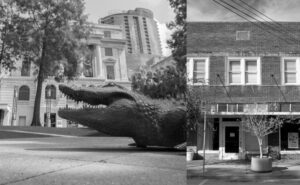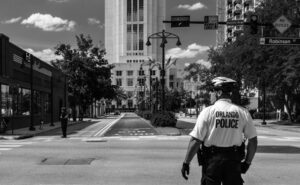If you examine the term through Merriam-Webster, you will see the following:
Walkable adjective : capable of or suitable for being walked, e.g., “a very walkable city” or “a walkable distance”
Or there’s the common definition of applying walkability to cities:
An inhabited place of greater size, population, or importance than a town or village
It’s fairly straightforward. A walkable city is a city for walking.
The General Theory of Walkability explains how, to be favored, a walk has to satisfy four main conditions:
- It must be useful. Useful means that most aspects of daily life are located close at hand and organized in a way that walking serves them well.
- It must be safe. Safe means that the street has been designed to give pedestrians a fighting chance against being hit by automobiles; they must not only be safe but feel safe, which is even tougher to satisfy.
- It must be comfortable. Comfortable means that buildings and landscapes shape urban streets into “outdoor living rooms,” in contrast to wide-open spaces, which usually fail to attract pedestrians.
- And it must be interesting. Interesting means that sidewalks are lined by unique buildings with friendly faces and that signs of humanity abound.
Each of these qualities is essential and none alone is sufficient.
What works best in the best cities is walkability. Walkability is both an end and a means, as well as a measure. While the physical and social rewards of walking are many, walkability is perhaps most useful as it contributes to urban vitality and is most meaningful as an indicator of that vitality. Get walkability right and so much of the rest will follow.
What kind of city will help us thrive economically? What kind of city will keep our citizens not just safe, but healthy? What kind of city will be sustainable for generations to come? These three issues—wealth, health, and sustainability—are, not coincidentally, the three principal arguments for making our cities more walkable.



